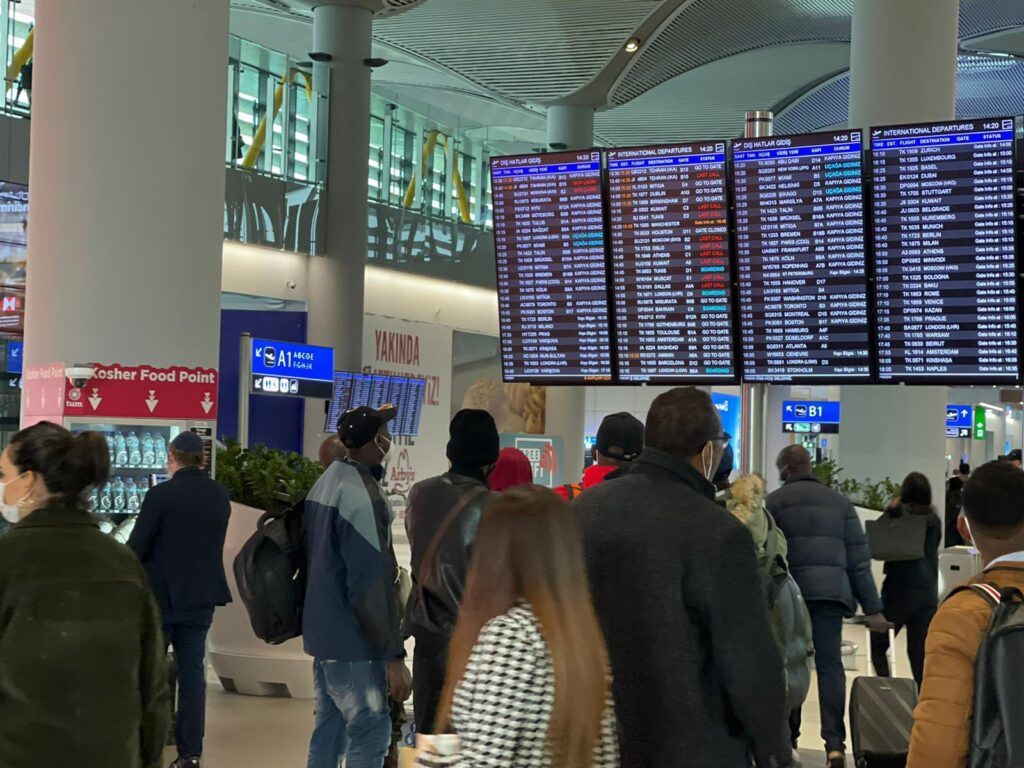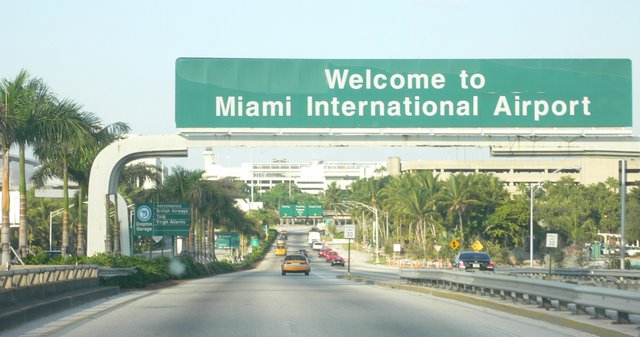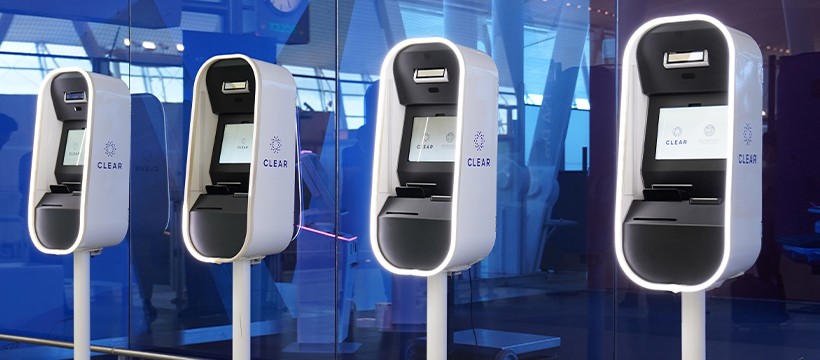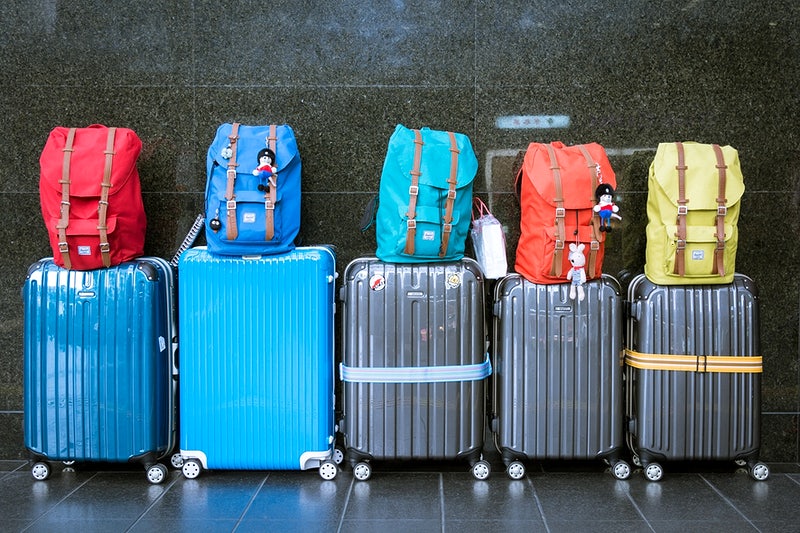Last year, my family was set to leave our Long Island home for JFK to catch an early morning flight to Mexico (actually two flights, first to FLL) about 36 hours before the start of Passover. Our Uber arrived at our house about 2.5 hours before our departure, which in my estimation was more than enough time since we had TSA PreCheck. I was wrong. Aside from our Uber canceling our ride at 4:45 am, forcing me to call another one and wait 20 minutes (that’s another story), when we did arrive at JFK’s T5 JetBlue terminal, it was a madhouse.
The converging travel schedules of Spring Break and Passover Break, combined with the computer systems being down meant we couldn’t easily print out our bag tags and head straight to the gate. The lines to drop off checked baggage exceeded an hour, time we didn’t have to make our flight. I was active in seeking a resolution while my wife and boys were praying we find a way onto the flight (knowing that if we missed it, our chances of getting to Playa Del Carmen in time for the Seder was slim to none). Finally, I found one helpful agent who saw I had kids with me, and rushed us to check us in and guaranteed our bags would make the flight. We ran through a very crowded PreCheck line (the longest I have ever seen), asking multiple families (some who were going to the same place we were just on a later flight) to politely skip ahead of them, and we barely made it, we were the last ones to board our flight.
Needless to say, I didn’t budget enough time considering checked bags & the busy travel time of year.

Unprecedented Surge in Air Travel
In recent times, air travel has surged to unprecedented levels, with the Transportation Security Administration (TSA) anticipating record-breaking passenger screenings. The US agency expects to screen three million travelers on some of the busiest travel days, surpassing previous records. Given this surge, traditional guidelines for arriving at the airport two hours before domestic flights and three hours before international flights might not be sufficient. So, how early should you arrive at the airport? Here are some factors to consider, as discussed by travel experts.
Baseline Recommendation: 90 Minutes
The Wall Street Journal notes that about 99% of travelers wait 30 minutes or less in the standard screening lanes at security checkpoints, and boarding typically begins around 30 minutes before scheduled domestic departures. Therefore, for travelers with only carry-on items, a 90-minute buffer before the flight is the bare minimum. This includes the time it takes to walk to your gate.
Time-Saving Tips: Mobile Boarding Pass and TSA PreCheck or CLEAR
Preparation can significantly reduce the time spent at the airport. Checking in for your flight before leaving for the airport and obtaining a mobile boarding pass can save you around 20 minutes, as it allows you to skip the check-in kiosk lines.
Additionally, if you have TSA PreCheck or Clear, you can save another 20 minutes. These services offer expedited security screening, though the growing popularity of these programs might reduce their time-saving benefits slightly.
Here are some recommended credit cards that include free or reimbursed access to TSA Pre or CLEAR:
- The Platinum Card® from American Express
- Chase Sapphire Reserve®
- Capital One Venture X Rewards Credit Card
Consider Peak Times and Airport Size
Traveling during peak times, such as mornings, late afternoons, and weekends, can add to your wait times. Experts recommend adding 30 minutes to your schedule during these periods. Airport size is another critical factor. Larger airports, like New York’s JFK International, often have longer lines and greater distances to walk, necessitating an extra 20 minutes.
Parking and Rental Car Returns
If you’re parking your own car at the airport, crowded parking lots can be a significant time sink. Reserving your parking spot in advance is advisable to avoid parking in remote overflow lots, which can add another 20 minutes. Similarly, returning a rental car can be time-consuming, especially if the rental agency is far from the terminal. Budget an additional 20 minutes for this process.
Checking Bags and Special Items
Traveling with checked luggage or pets requires even more time. Printing luggage tags, weighing bags, and dropping them off can take up to 30 to 45 minutes, depending on the airline’s policies. If you’re traveling with oversized items like golf clubs or skis, or if you need to check a pet, plan for even more time. Airlines often need to approve pets for travel, which involves additional steps.
More Tips for Checking Bags
International Travel Considerations
For international flights, add at least 30 minutes to your schedule. Checking travel documents like passports and visas, as well as meeting earlier deadlines for checked luggage, make international travel more time-intensive. Boarding for international flights also typically begins earlier than for domestic flights.
Traveling with Young Children or Needing Special Assistance
Traveling with young children or requiring a wheelchair can significantly extend your airport time. Navigating security with small children, especially when carrying baby food or formula, involves additional screening steps. Parents should plan for at least 60 extra minutes. Those needing a wheelchair should add 90 minutes, as relying on airport staff for assistance can lead to delays, especially on busy travel days.
While the traditional guidelines for arrival times provide a good starting point, they need to be adjusted based on various personal and situational factors.
Data provided and Timing recommendations via WSJ







